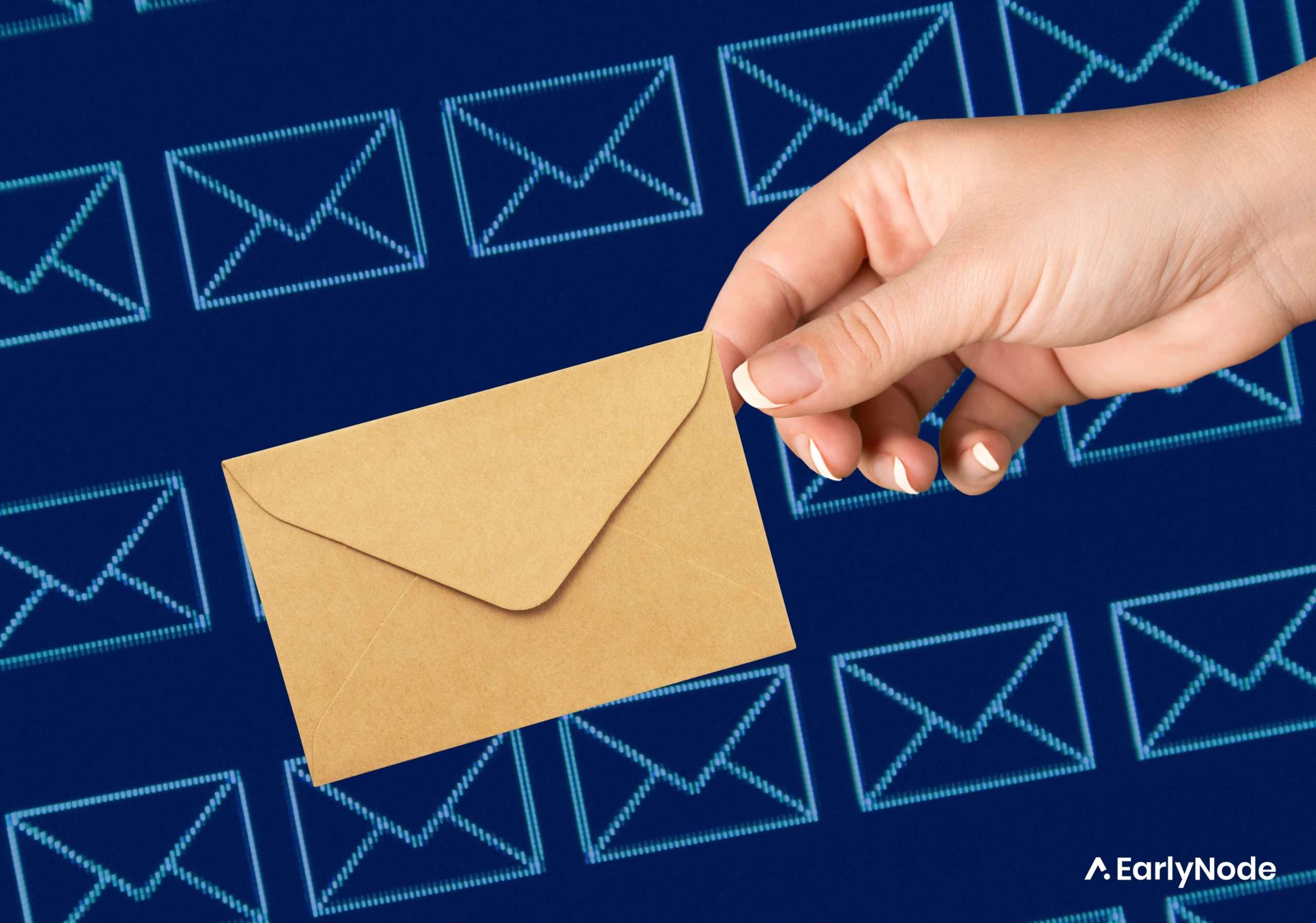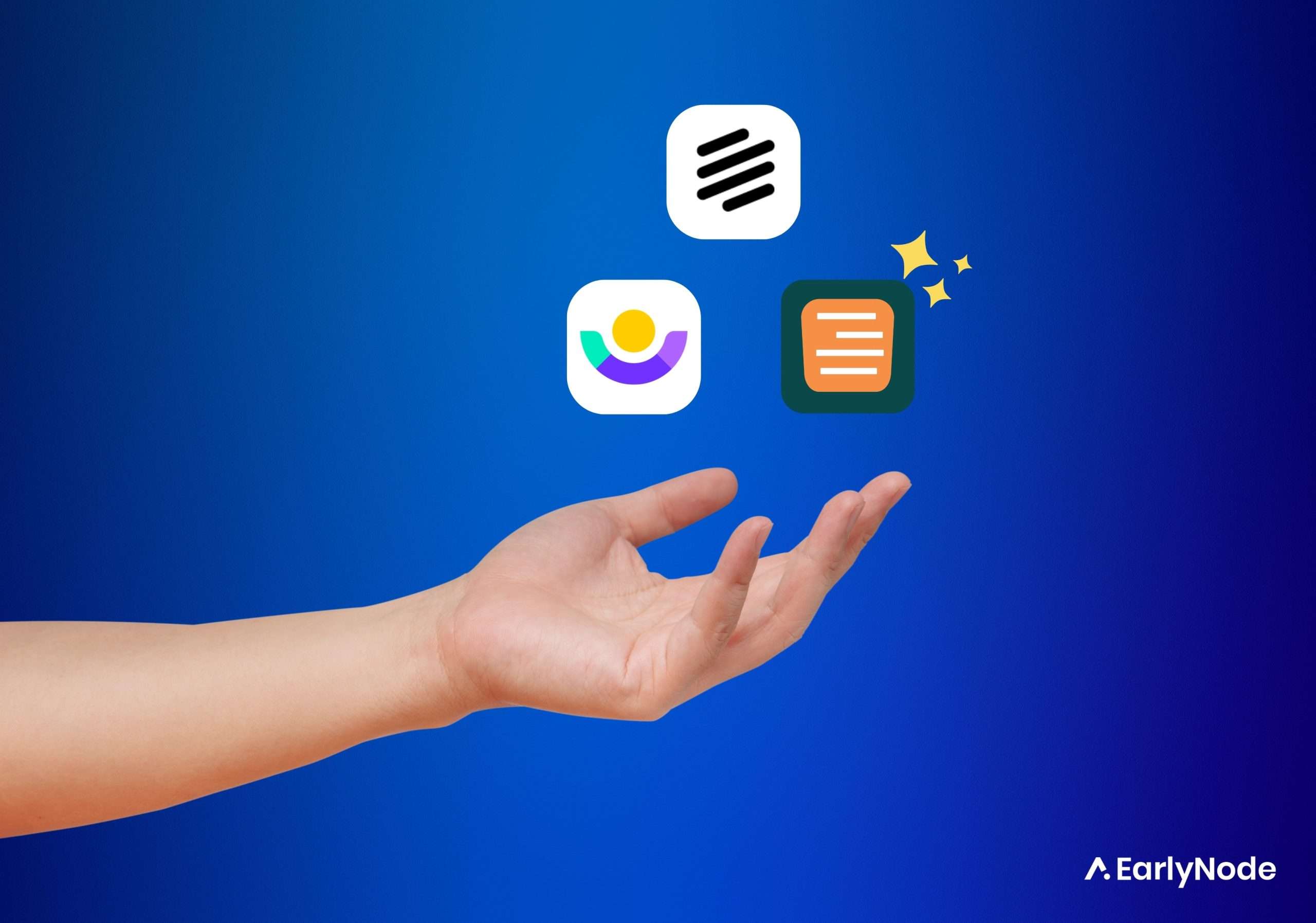Email Engagement Strategy for SaaS Product Marketing

Email marketing can be a tough nut to crack for many businesses. However, it can be a tad bit more demanding in SaaS that’s why you need a strong email engagement strategy.
In this article, we’ll delve into putting together a strategy for email engagement, how it boosts your product’s growth, and how to implement it using different tools and techniques.
What is an email engagement strategy?
Email engagement strategy consists of all the processes used to nail email marketing to achieve your SaaS business goals.
With SaaS email marketing, you’d be reaching out to pros in the SaaS industry. As a product marketing manager, you must be equally smart with what you’re delivering. A well-planned email engagement strategy comes in handy here.
Importance of SaaS email marketing
#1 Great channel for customer acquisition
Email marketing is great for getting new customers. A thoughtful email that addresses potential customers’ needs and pain points can establish a positive relationship with them.
You can include a call-to-action in your emails, like signing up or trying out your product to attract more potential customers.
#2 Generates website traffic
Getting a good number of email lists can increase website clicks. For instance, if you announce a product launch on your website and send it to your email list, people will click through to learn about it.
#3 Helps with building your own database
It can be nerve-racking when social media algorithms keep changing when you’re trying to build a subscriber base. But if you’ve got a solid email list, it can be a total lifesaver! You can build your email database by staying in touch with your contacts directly and keeping them in the loop with all the latest happenings and news about your product.
#4 Boosts ROI
Email marketing is another way to help boost sales. You can use email to reach new customers and lead them to your website to check out what you’ve got to offer.
How to nail your email engagement strategy
#1 Determine the type of email
SaaS email marketing is not just one thing. It actually comprises 3 different email types that you will need to send to your audience as they progress through the buyer journey.
While maintaining consistency in your brand style, voice, and tone, you will need different tools and strategies for each stage.
There are 3 types of emails SaaS companies typically send:
- Marketing emails: sent to marketing-qualified leads (MQLs). They include lead magnets, lead nurture campaigns, sales campaigns, and newsletters.
- Lifecycle emails: sent to users after they sign up for your product. They include user onboarding, upgrade-to-paid offers, and customer loyalty campaigns.
- Transactional emails: service emails like password recovery, product notifications, or billing invoices.
#2 Determine the KPIs/goals
For your email campaigns to be effective, you need to set clear goals.
Although these goals may overlap at times, choosing specific objectives will aid in monitoring email performance carefully. You can establish goals such as click rate and open rate to increase open rates to enhance email marketing metrics over time.
Figure out which KPI you’re setting for each email, e.g., visits to a landing page, conversions, increased product usage, etc.
#3 Create segments
There are different ways to segment customers. You can use factors like the size and type of company, the age, and gender of the customer, where they are located, which OS they use, their values and interests, or how they use the product over time.
Segmentation improves customer experience by allowing you to send tailored promotions or messages based on the targeted audience’s interests and behaviors.
If your email marketing platform has limited data access, you can gather more information from your analytics and CRM tool. Customer surveys can also provide valuable data and help optimize your email marketing strategies.
#4 Figure out which email campaign to run
Decide on what campaigns to send to your email marketing list. These include; .
Welcome & onboarding email series
Onboarding emails aim to educate customers on how to use the product and encourage them to revisit until they reach their “Aha!” moment. You can also use onboarding emails to welcome new users, provide product tutorials, encourage feature discovery, and generate expansion revenue through upselling or cross-selling.
Transactional emails
Email notifications are divided into different categories, with transactional email being the most basic. These types of emails are specifically related to individual transactions and account activity.
Examples of these types of emails include password resets, billing reminders, failed payment notifications, and updates on product activities such as new comments, projects, and reports.
Time broadcast email
A time broadcast is an email you can send to a specific group of people, such as leads or customers. It can be sent manually or scheduled for a particular time and doesn’t require any behavior trigger. Time broadcasts can include newsletters, product announcements, seasonal promotions, featured blog posts, webinar invitations, and more.
Try not to send your time broadcasts to your entire email list. Instead, you should only send to people who aren’t currently going through important sequences like user onboarding or sales.
Re-engagement email
After your customers convert to paid, you can send them a re-engagement email. These emails are not intended to sell users anything., It’s rather to help them with tips and tricks to become more successful with your product.
Before sending any messages:
- Check if the user has started using key features.
- Only send this message if the corresponding metric is 0.
- If necessary, educate them on advanced features.
It can be helpful to share product tips and case studies to inspire them. You could invite them for a customer success call. Many founders believe that such calls are very productive because users have already developed their own way of using the product.
#5 A/B Tests
It’s a common and frustrating situation to see some of the emails you send to users get ignored, while others capture their attention. Unfortunately, it’s often difficult to determine the reason behind it.
To determine which factors engage your users the most, consider split testing your emails with A/B tests. This process involves sending two versions of the same message with one differentiating factor, such as a unique subject line. Half of your recipients will receive one version, while the other half will see the second version.
After sending out both versions, you can compare their performance and determine which one performed better.
What are the best tools for email marketing?
When it comes to email automation, there are different tools, also known as email service providers (ESP), at your disposal. General-purpose ESPs like Mailchimp, Drip, ActiveCampaign, or CampaignMonitor can be used for growing email marketing lists.
Creating a successful email marketing strategy for your SaaS business may be challenging, but the rewards will ultimately be worth it.



